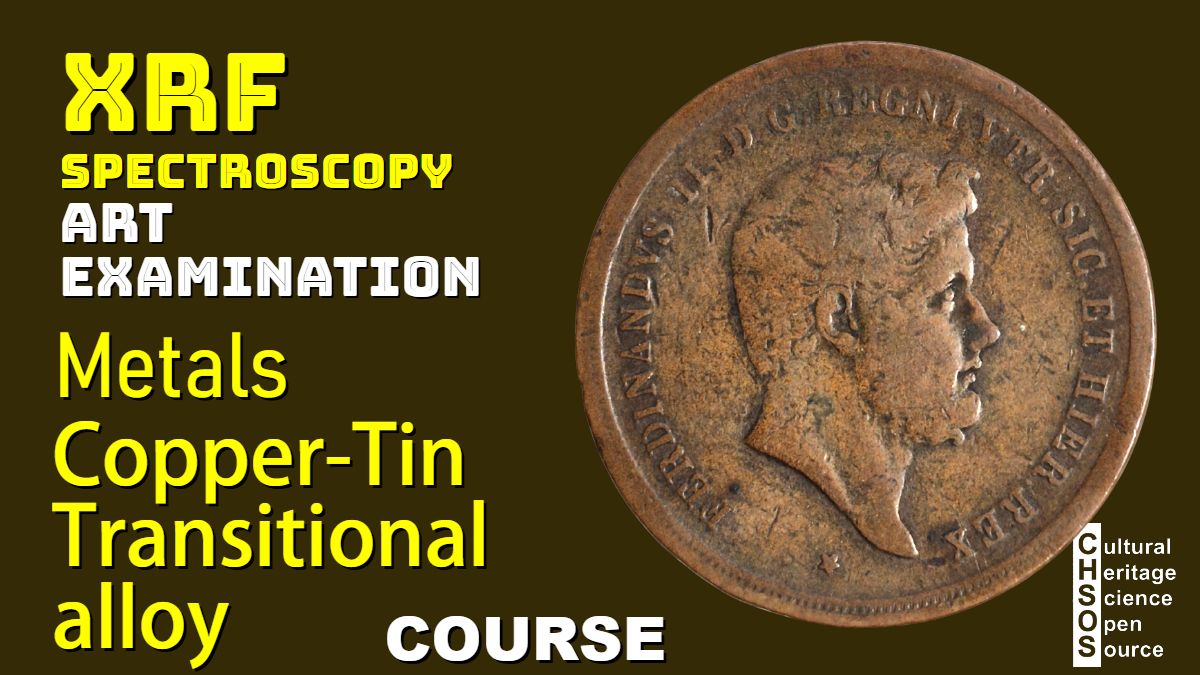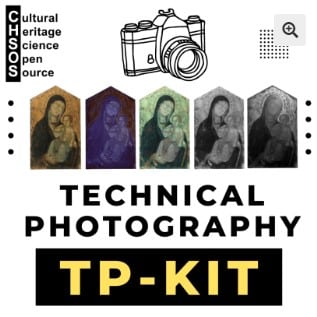
This lesson focuses on the copper–tin transitional alloy, a material that bridges the properties of pure copper and bronze. Using a historical coin from the Kingdom of Two Sicilies (1849), students will explore how small variations in alloy composition influence hardness, malleability, and suitability for coinage.
Objectives
-
Identify the characteristics of copper–tin transitional alloys.
-
Distinguish between pure copper, transitional alloys, and standard bronze.
-
Interpret XRF spectra showing variations in tin concentration.
Materials
-
Example coin: Dieci Tornesi, Kingdom of Two Sicilies (1849)
-
Comparative coin: Polish 5 Groszy (1948)
Lesson Plan
-
Introduce the concept of copper-based alloys and their historical applications.
-
Examine the composition of the copper–tin transitional alloy (approximately 1% tin) and its advantages over pure copper.
-
Compare the transitional alloy to standard bronze (around 4% tin) using XRF spectra.







